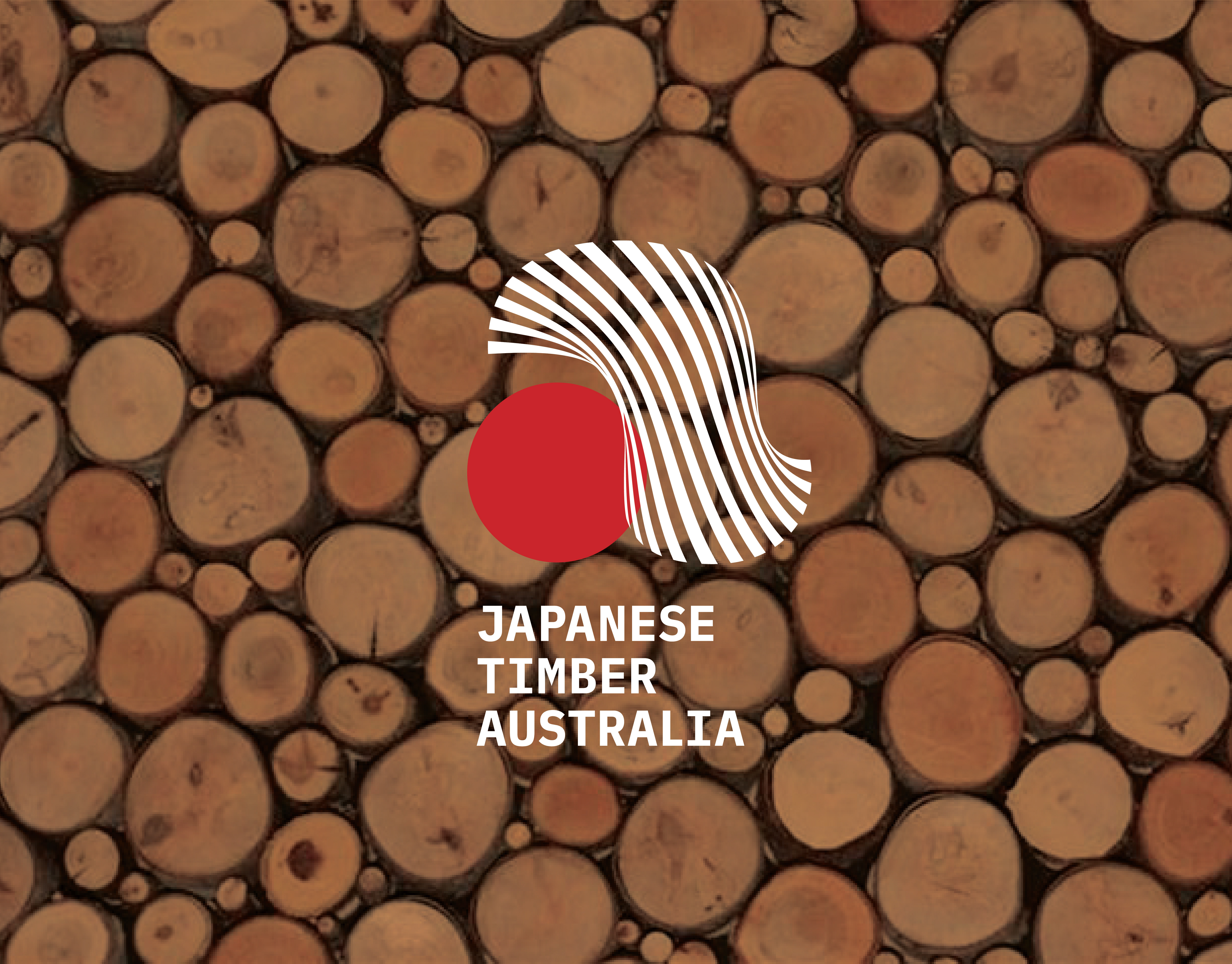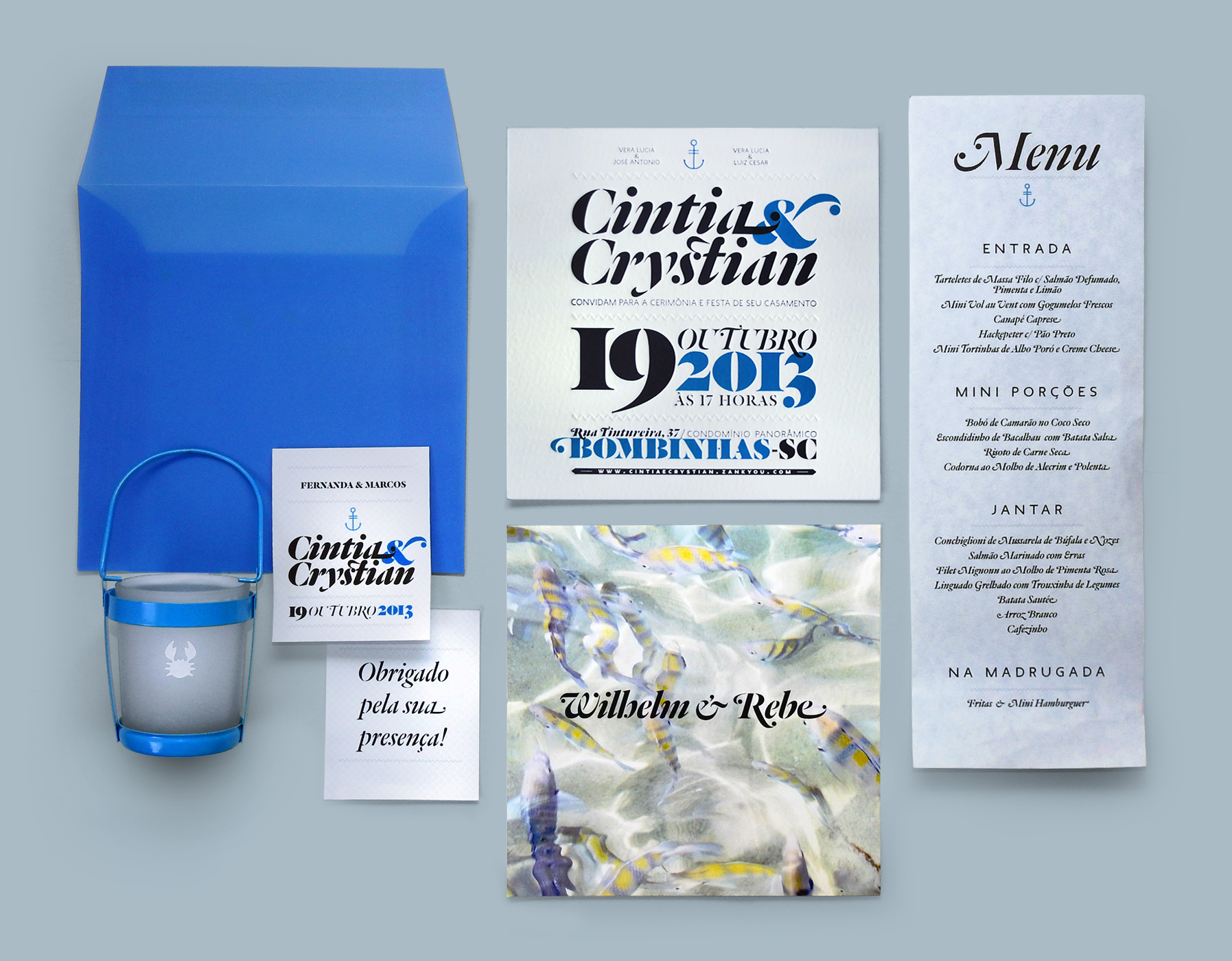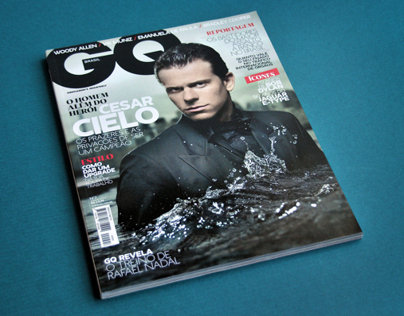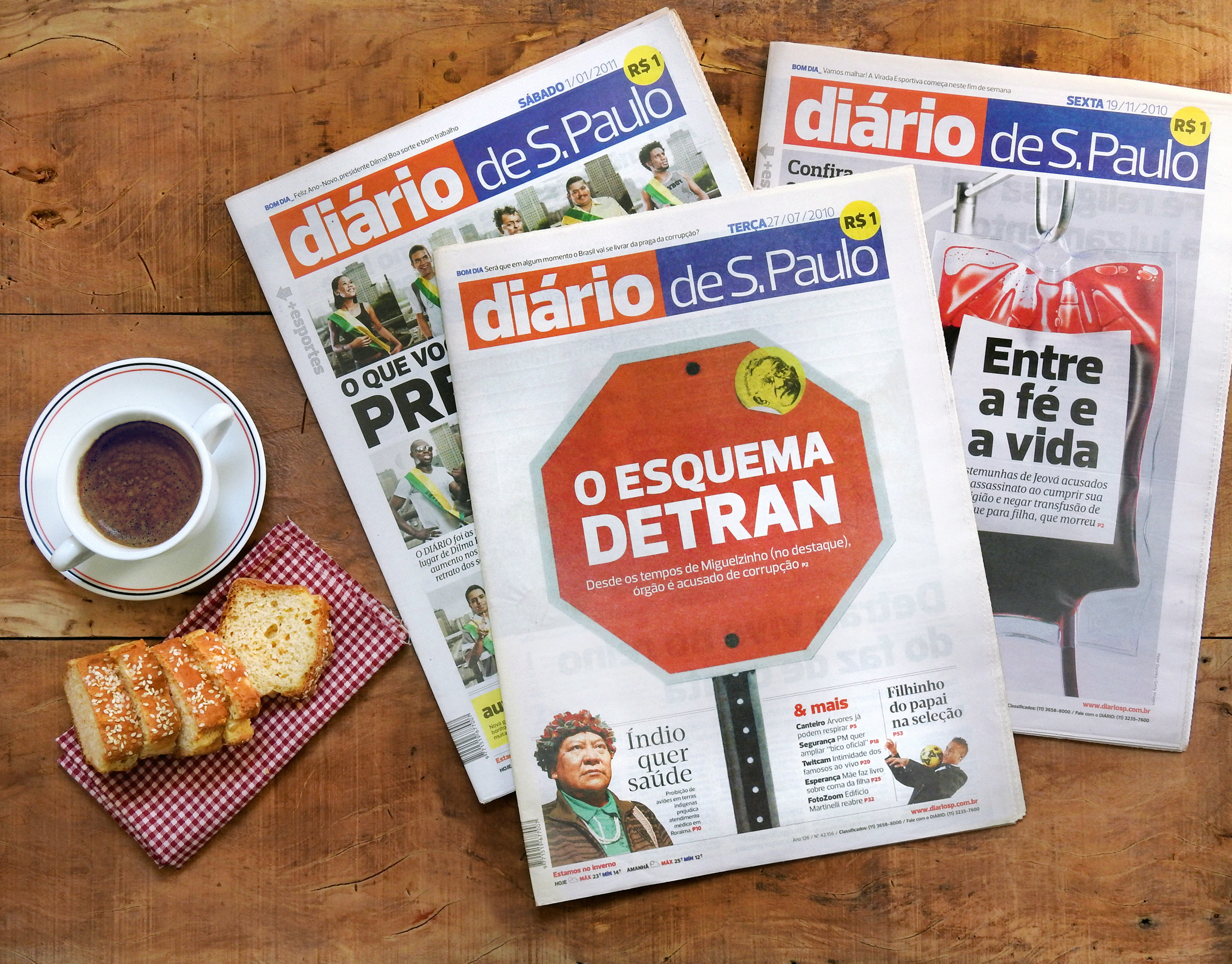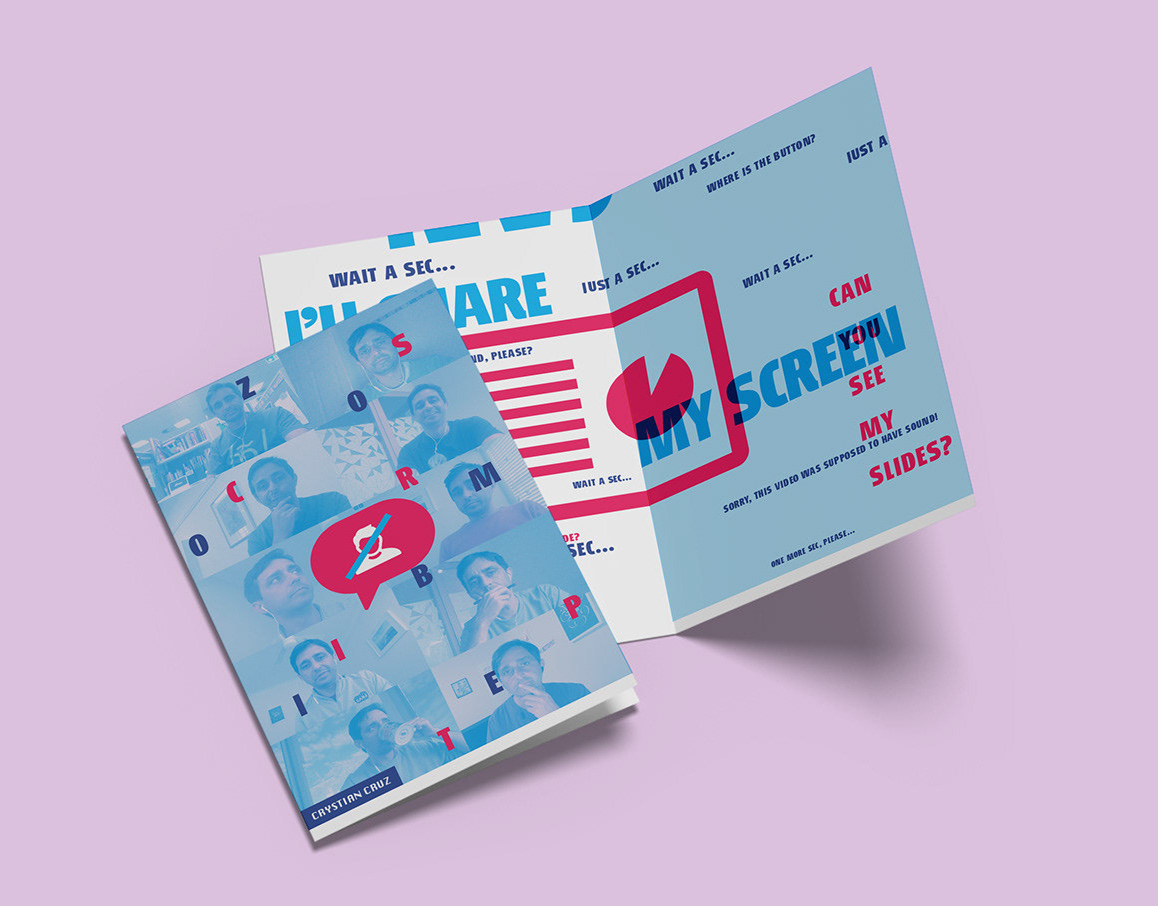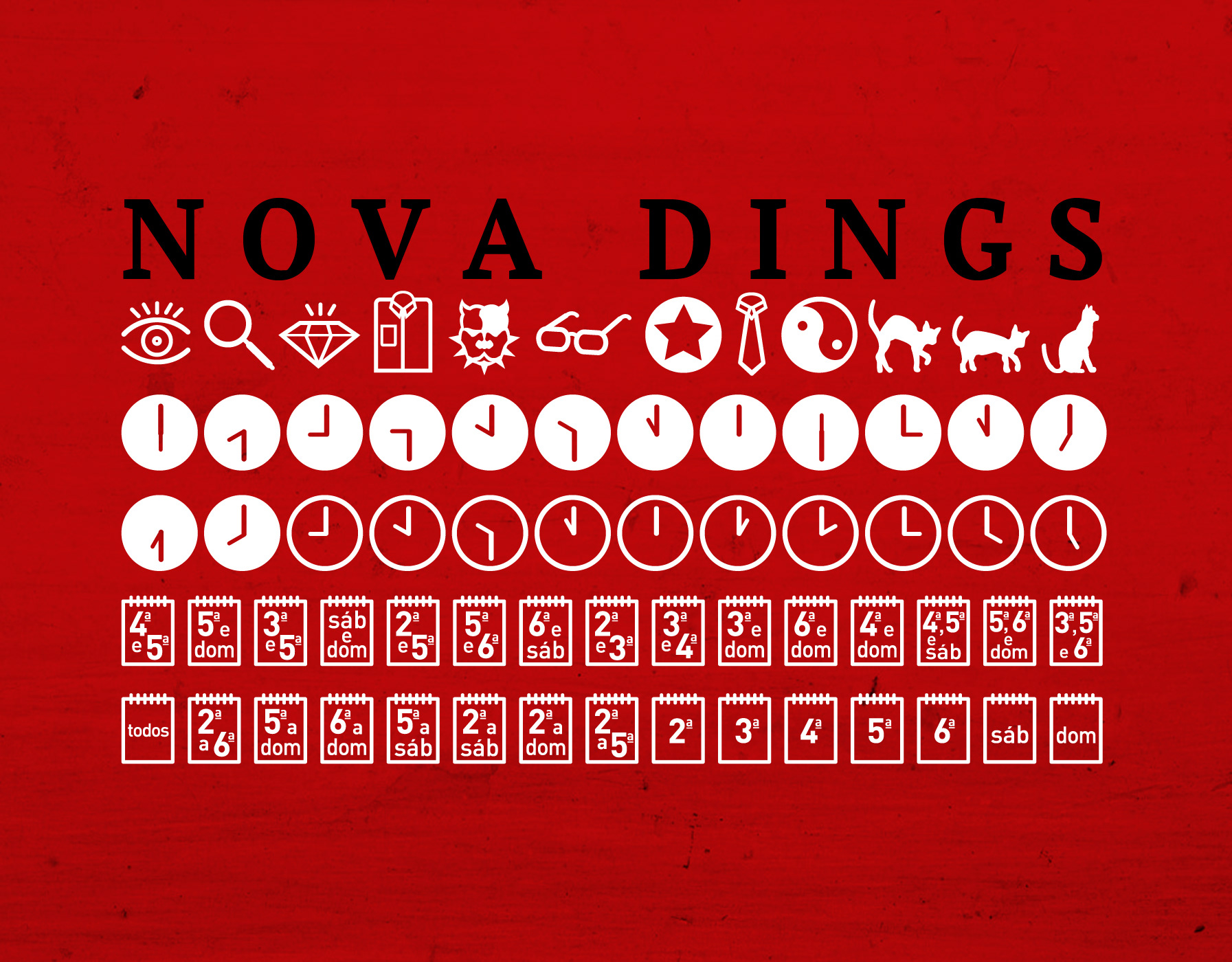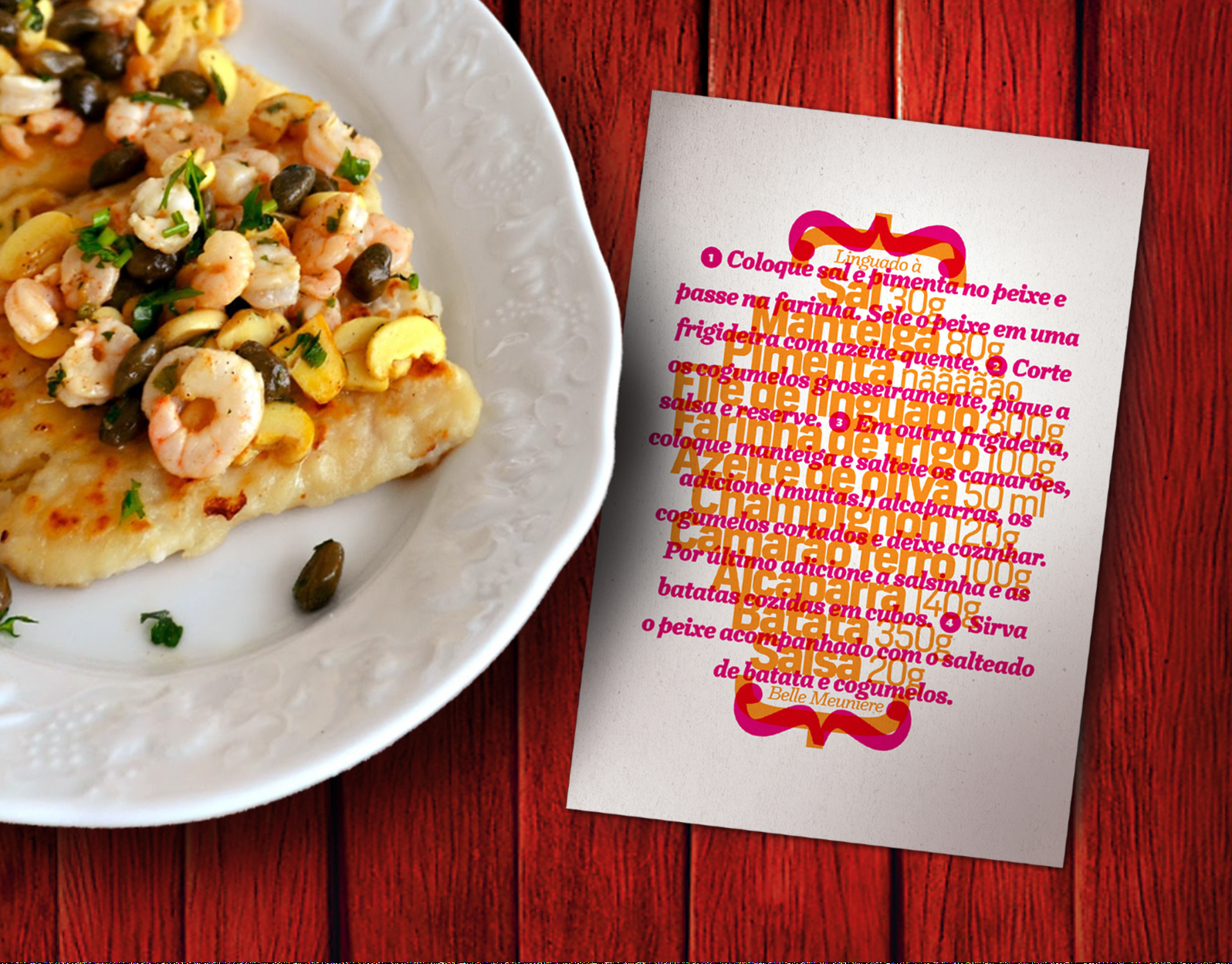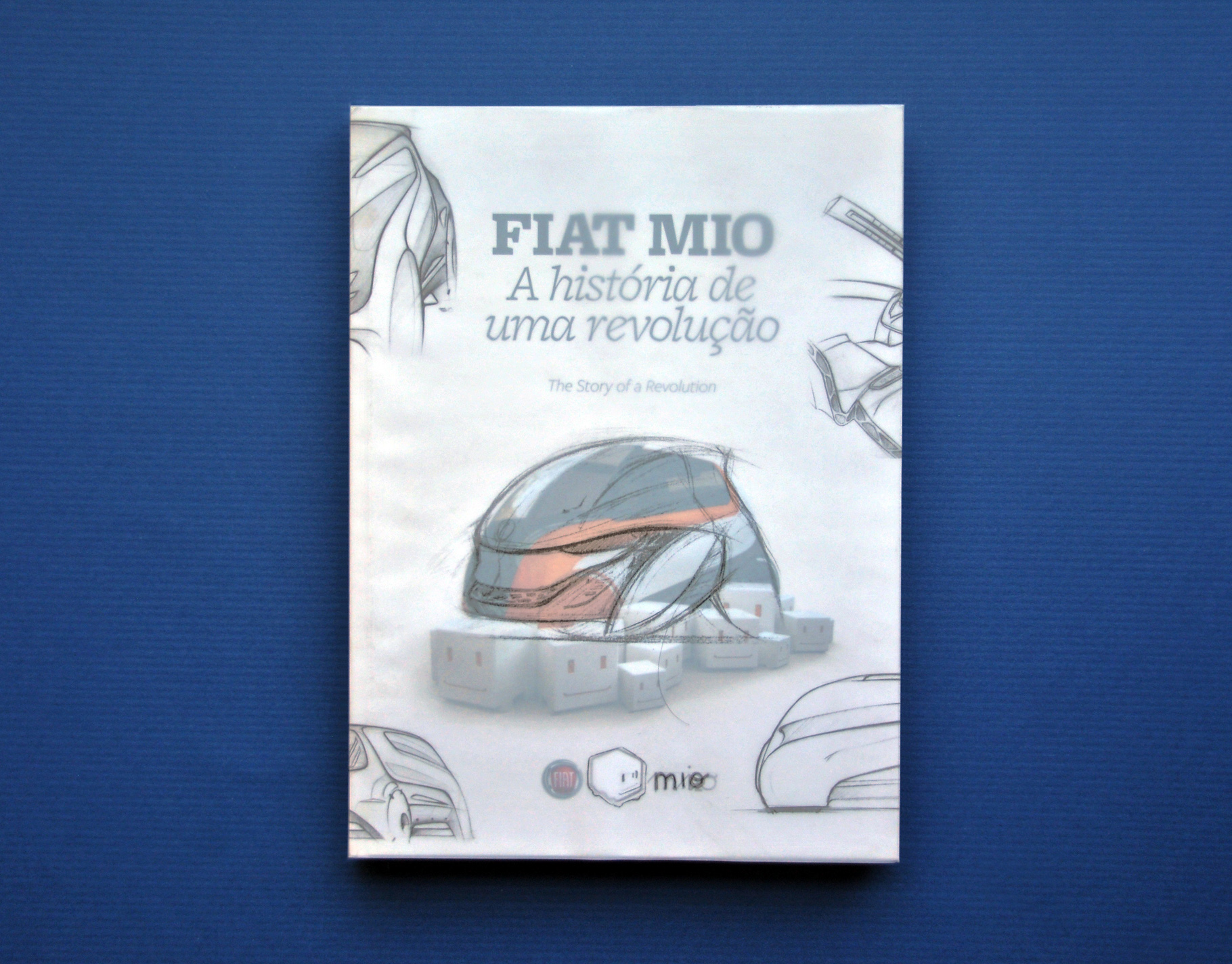Watt Space Gallery | Newcastle, NSW Australia | 6-29th March 2020
CENSURATIVA is the outcome of my PhD in Design undertaken from 2017-2022 at the University of Newcastle. The practice-based research investigated the censorial activities applied to creative arts during the Brazilian military dictatorship (1964-1985), intending to provoke critical engagement over the impact of censorship.
As part of the research dissemination, I curated a solo exhibition focused on creative responses to censorship during the Brazilian dictatorship. Held in Newcastle at Watt Space Gallery from 6-29th March 2020, the exhibition was a visual storytelling experience, rich in interactive elements and featuring large prints, video installations, and interactive devices. These components were meticulously designed to offer an immersive experience, enabling visitors to engage deeply with the theme of censorship.
The exhibition was organised into 7 sections, as illustrated in the floor plan below:
---------------------------------------------------------------------------------------------------------------------------------------------
1) Introduction
The exhibition opened with a contextual introduction to the research that underpinned the project, inviting visitors into the world of state censorship during Brazil's military dictatorship. A stop-motion animated video offered visitors a visual glimpse into the fieldwork that led to the digitisation of 15,487 censorship documents produced by Brazil’s military dictatorship that were uncovered in the archival research process conducted at the Brazilian National Archives.
---------------------------------------------------------------------------------------------------------------------------------------------
2) Censored Artefacts
A collection of original censored artefacts provided tangible evidence of the regime’s suppressive practices. This included two versions of Caetano Veloso’s Jóia album—one banned, one approved—and facsimile editions of the censored satirical magazine Pif-Paf. These items offered powerful insights into the impact of censorship on Brazilian culture and artistic expression.
---------------------------------------------------------------------------------------------------------------------------------------------
3) Timeline of Censorship
A visual timeline guided Australian audiences through 26 pivotal events in Brazil’s history of censorship. This chronological narrative established a broader historical framework, allowing visitors to understand the evolution and extent of state-imposed censorship.
----------------------------------------------------------------------------------------------------------------------------------------------
4) Overview of Censorial Activities
Documents revealing the inner workings of Brazil’s censorship office were on display, along with a curated list of blacklisted words. The censorship process for the soap opera Roque Santeiro—spanning 810 pages—was printed and stored in a metallic file drawer, echoing the bureaucratic aesthetics of the era. A rotary landline phone was repurposed to play reenacted audio recordings of real censorship directives once issued to newspaper editors, accessible by dialling different numbers on the phone.
------------------------------------------------------------------------------------------------------------
5) Creative Responses to Censorship
This section celebrated the subversive ingenuity of artists who tried to circumvent censorship. Highlights included a TV playing a censored excerpt from the soap opera Roque Santeiro, a scratched vinyl of the band Blitz (intentionally made unplayable by the band to avoid playing a vetoed song), and Milton Nascimento’s album O Milagre dos Peixes, which featured instrumental tracks in lieu of lyrics blocked by censors. These cases illustrated how creativity often flourishes in restrictive environments.
----------------------------------------------------------------------------------------------------------------------------------------------
6) Interactive Typeface
Visitors were invited to interact with a prototype of Censurativa typeface, designed to self-censor in real time via Twitter. Using a typewriter-inspired keyboard, participants could compose tweets that were automatically redacted based on the database of historically banned terms curated for the PhD research. The redacted messages were projected onto a wall, simulating the experience of censorship and encouraging reflection on the censorial acts. Participants could also tweet directly form their mobiles, using the hashtag #censurativa.
---------------------------------------------------------------------------------------------------------------------------------------------
7) Censorship Today
The final section of the exhibition explored the ongoing relevance of censorship in contemporary society, drawing thought-provoking parallels between Brazil and Australia. It featured a campaign advocating for freedom of speech in Australian media, highlighting recent challenges to press independence and transparency. A TV screen played the music video Censura by the Brazilian punk band Plebe Rude—an iconic protest song referencing the dictatorship-era restrictions—serving as a sonic bridge between historical and modern forms of resistance. This closing section invited visitors to reflect on how censorship continues to influence media, culture, and public discourse in democratic societies.
---------------------------------------------------------------------------------------------------------------------------------------------
If you are interested in hosting this exhibition, please contact me.
